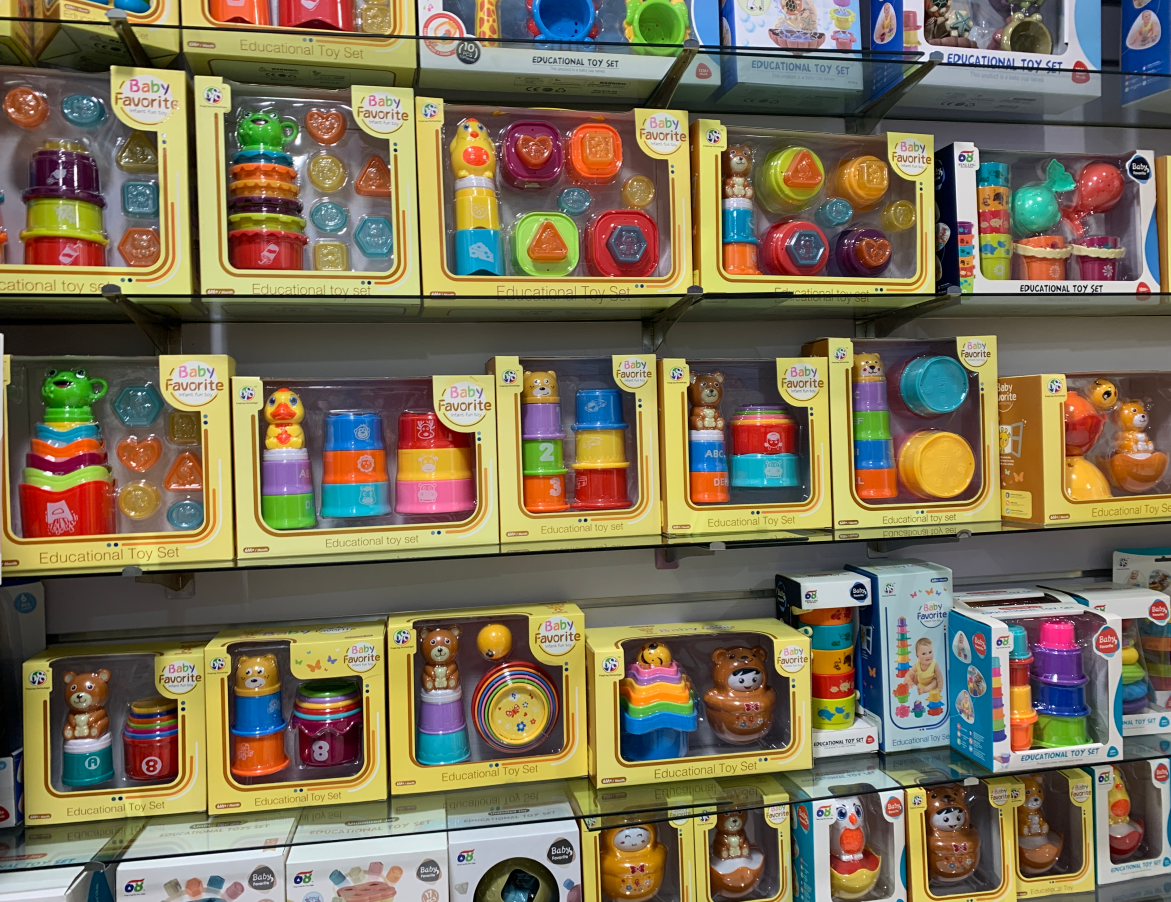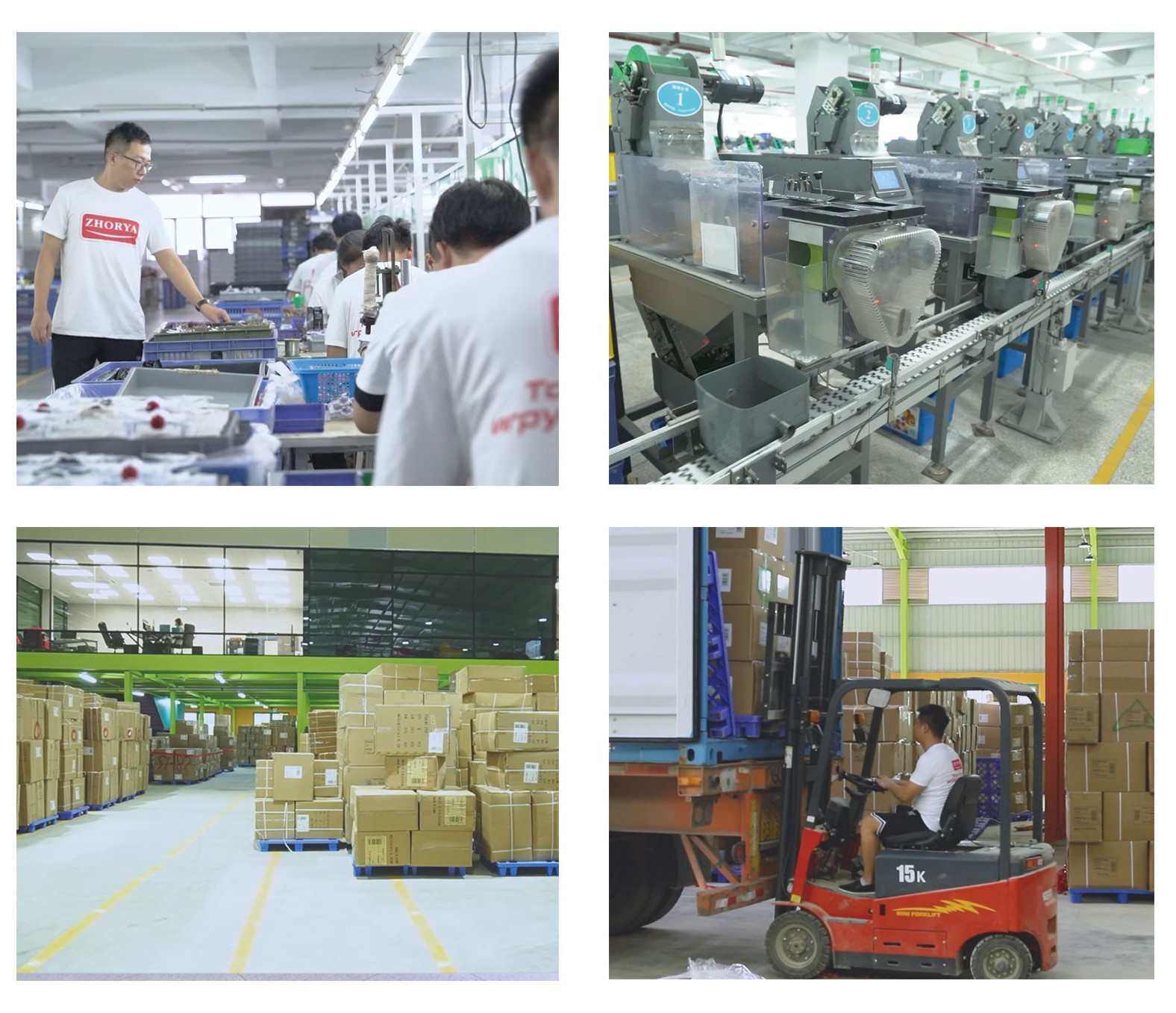Login
Join Free
Baby Toys 0–3 Years: Developmental Stages & Market Sourcing Guide
The global demand for baby toys continues to rise as parents become more conscious of early childhood development. For distributors, wholesalers, and retailers, products designed for children under three represent one of the most consistent and profitable markets. These toys are not just for play—they serve as tools for sensory growth, motor skill training, and emotional development.
Understanding which toys fit each developmental stage between birth and three years can help businesses make better sourcing decisions. This guide explores the key toy categories for every age group, explains why they are in demand, and highlights their value in the wholesale market.
0–3 Months: Sensory Stimulation and Comfort
During the first three months of life, babies are beginning to recognize shapes, follow movements with their eyes, and respond to soothing textures and sounds. Parents naturally prioritize toys that support these early sensory experiences.
Key products in demand:
-
Black and White Visual Cards – High-contrast designs stimulate newborn vision and are inexpensive, lightweight products that perform well in both online and offline retail.
-
Comfort Blankets and Plush Security Toys – Essential for soothing infants, these are purchased frequently as gifts, creating repeat sales opportunities for bulk buyers.
-
Play Gyms and Activity Mats – Multi-sensory play mats combine sound, touch, and visual elements, making them a premium choice for new parents.
💡 Wholesale insight: These toys are often included in baby shower gift sets and starter bundles. Their affordability and universal appeal make them high-turnover products with strong resale potential.
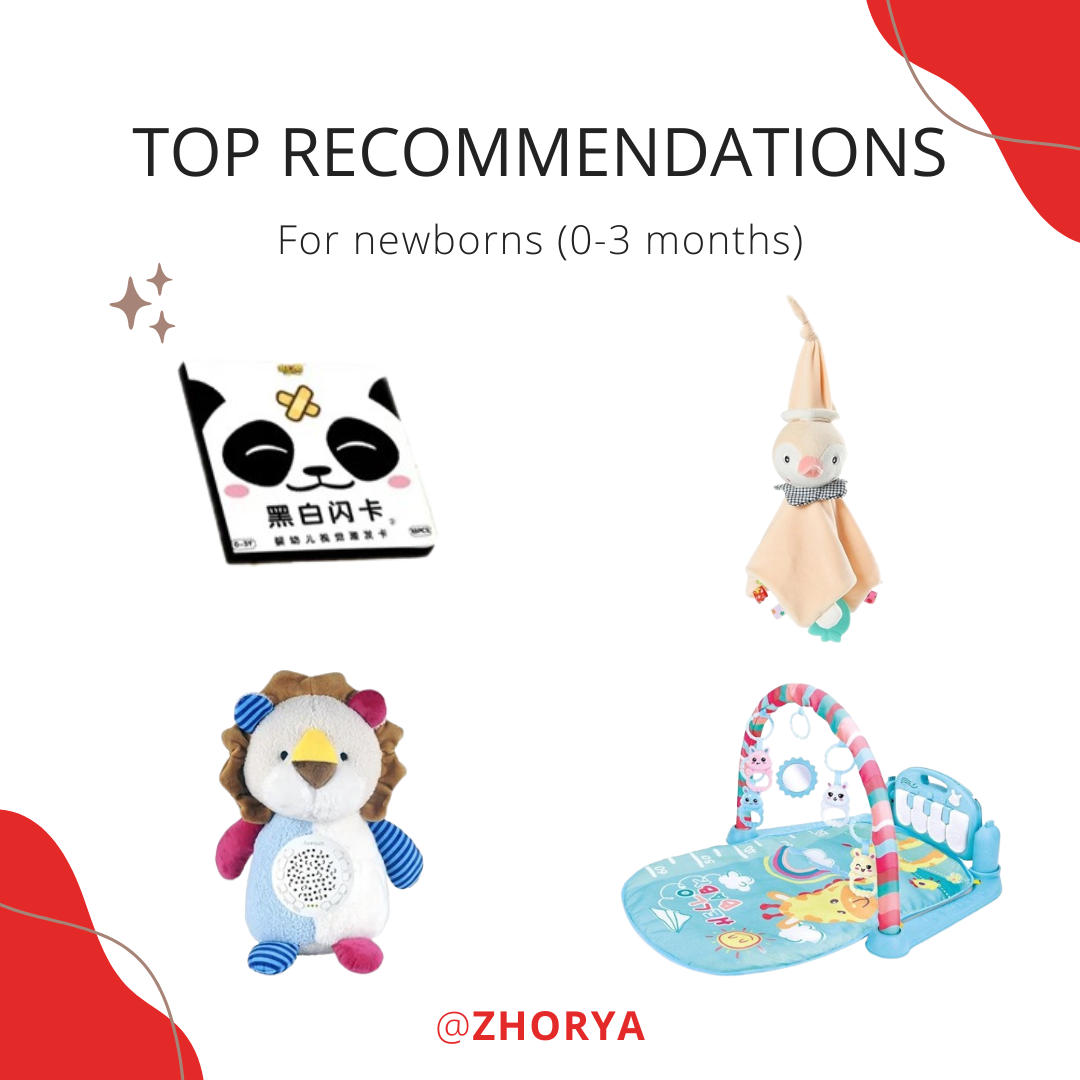
3–6 Months: Grasping and Mouthing
By three to six months, babies begin reaching, grasping, and exploring the world with their mouths. Parents look for toys that are safe, easy to hold, and chew-friendly.
In-demand categories:
-
Rattles – Low-cost items with high sales volume. They combine auditory stimulation with fine motor skill development.
-
Grasping Balls – Open-structure balls designed for little hands encourage grip strength and coordination.
-
Teething Toys – Always in demand, especially those made from food-grade silicone. Teethers are a repeat-purchase product as families often keep multiples.
-
Soft Building Blocks – Introduce color awareness and early problem-solving while being safe for mouthing.
💡 Wholesale insight: This stage drives strong repeat sales. Parents frequently buy multiple teethers and rattles, meaning businessess can benefit from bulk packaging and value packs.
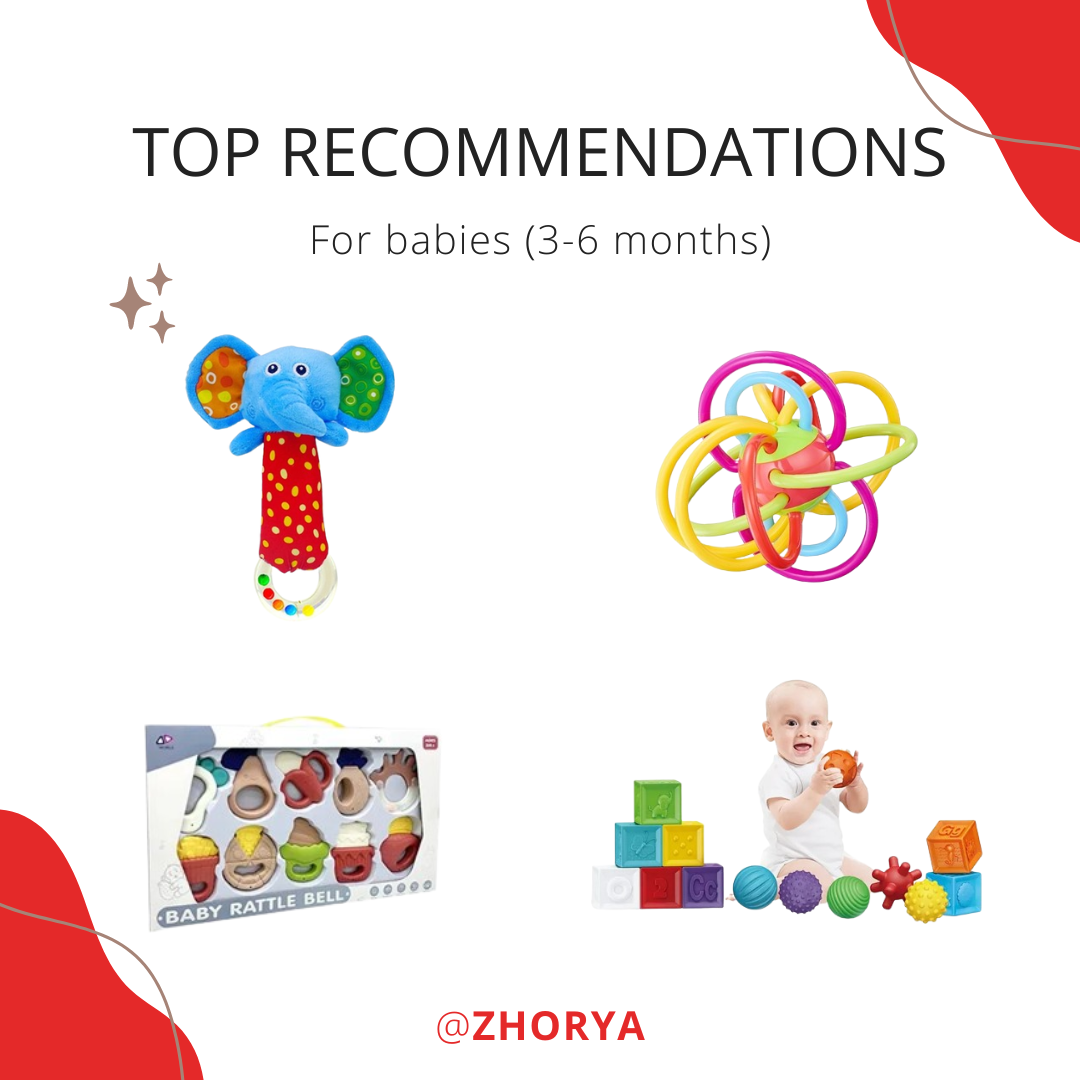
7–9 Months: Mobility and Exploration
At this stage, babies begin to sit without support, roll, and attempt crawling. They also become more responsive to imitation and cause-and-effect play.
Top wholesale products:
-
Activity Cubes – Multi-featured toys with buttons, textures, and sounds keep babies engaged longer, providing higher value for parents.
-
Stacking Rings – A timeless bestseller that develops precision and fine motor skills.
-
Crawl-Along Toys – Light-up or musical toys motivate babies to crawl, which makes them popular gift items.
-
Cloth Books – Soft and washable, perfect for sensory exploration and early parent-child reading.
💡 Wholesale insight: Activity cubes and crawling toys tend to be higher-priced items with better profit margins, while stacking rings and cloth books maintain steady year-round demand..
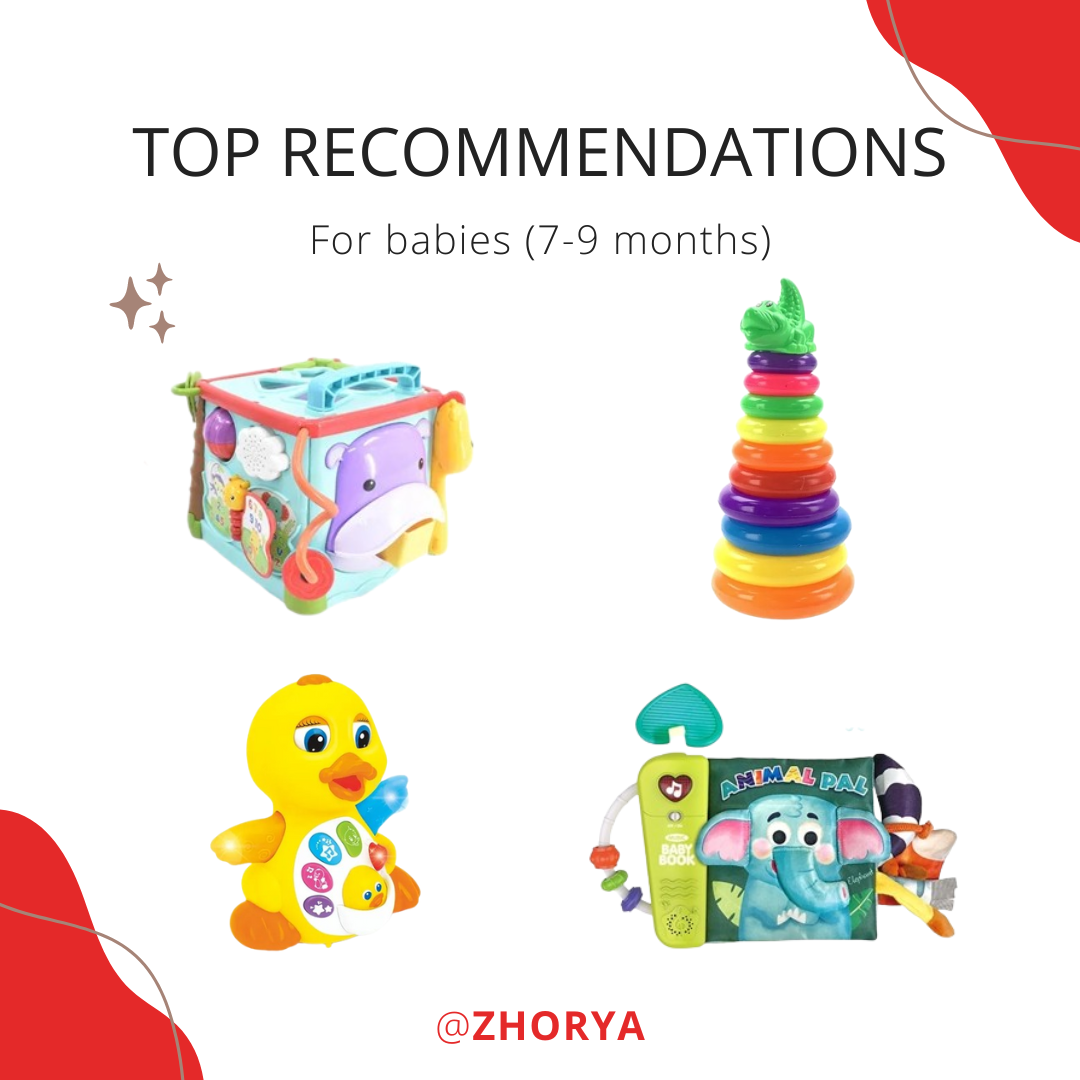
10–12 Months: Standing and First Words
By one year old, babies are practicing standing, balancing, and forming their first words. Parents invest in toys that combine movement, coordination, and early learning.
Hot-selling toys:
-
Bead Mazes – Promote hand-eye coordination and concentration, often marketed as early learning toys.
-
Push Walkers – Strong sellers for families encouraging first steps. Many are purchased as first birthday gifts.
-
Rocking Horses – A higher-value classic that appeals to parents and gift buyers alike.
-
Mini Keyboards or Baby Pianos – Music toys are highly appealing across markets, introducing rhythm and finger dexterity.
💡 Wholesale insight: Products in this stage are often marketed as "milestone toys", which means parents are less price-sensitive and more willing to invest in durable, branded products.
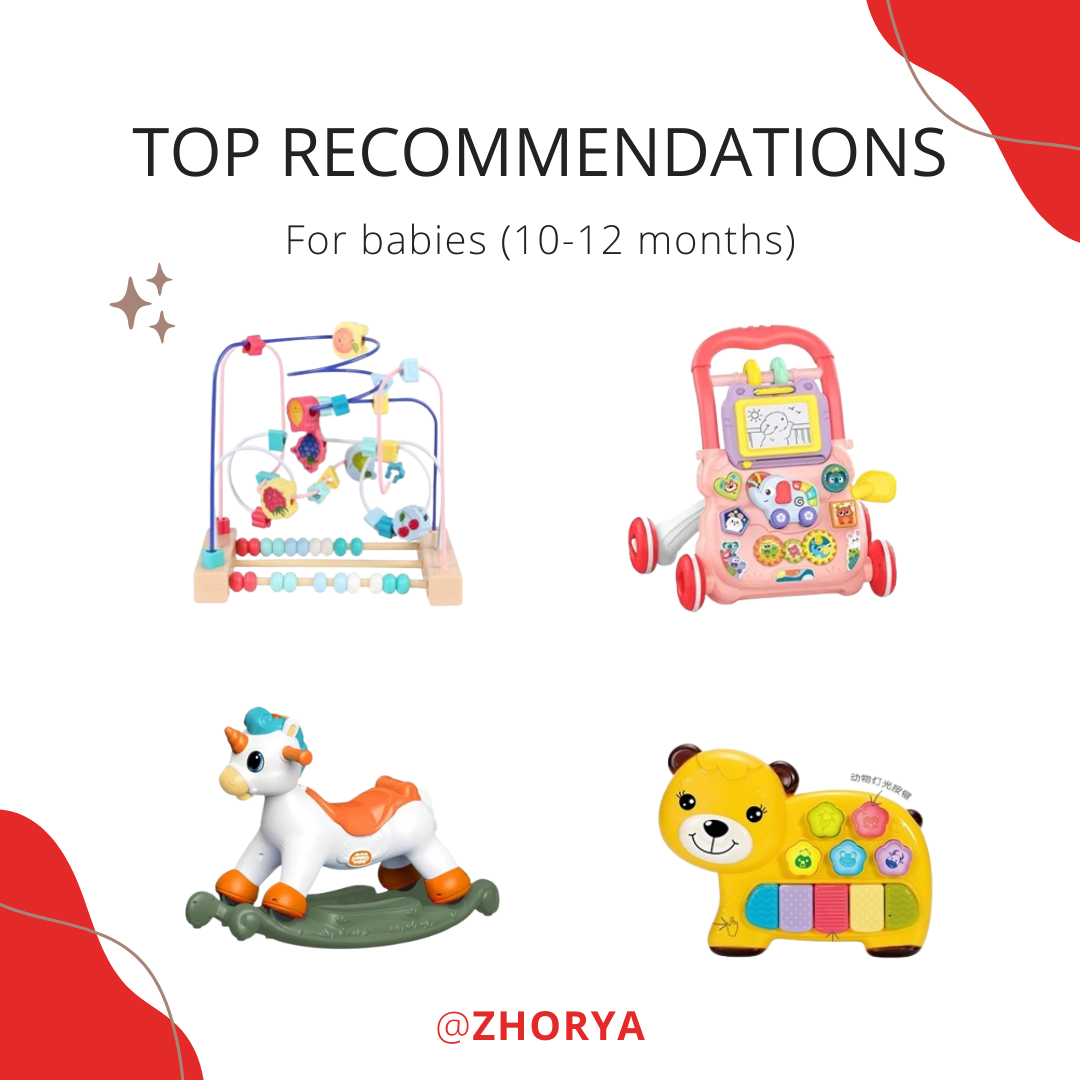
1–2 Years: Independent Play and Language Growth
Between one and two years, toddlers grow more independent. They begin forming words, walking steadily, and enjoying role play.
Strong categories for sourcing:
-
Pretend Play Food Sets – A consistent favorite that supports language learning and role play.
-
Ride-On Toys and Scooters – A growing market within outdoor toys.
-
Large Building Blocks – Highly versatile, safe, and repeatedly purchased by parents who want to expand sets.
-
Shape Sorters and Peg Toys – Marketed as educational toys, they are a staple for learning-focused parents.
💡 Wholesale insight: Pretend play and large blocks are particularly popular for daycare centers and educational retailers, making them valuable product lines.
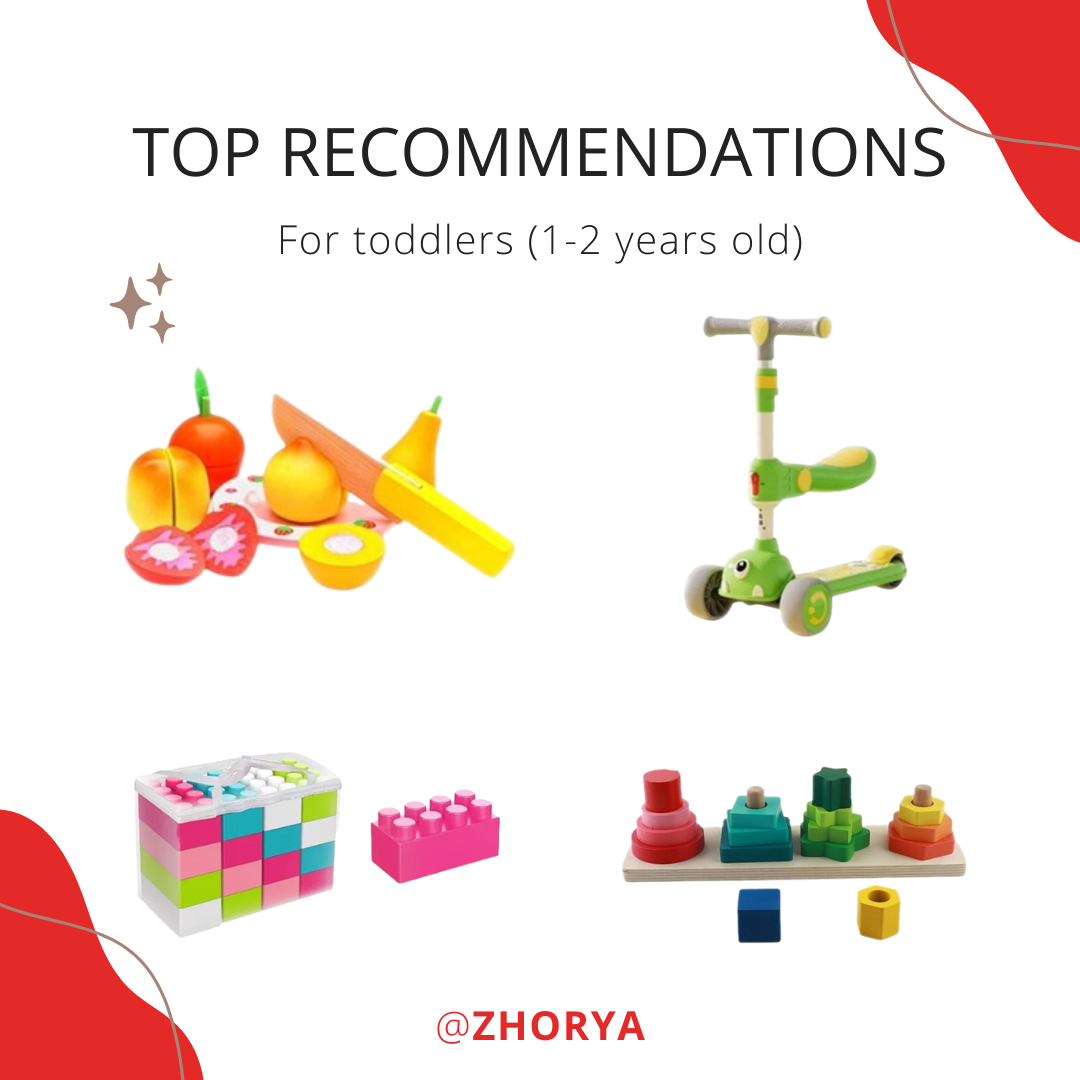
2–3 Years: Creativity and Imagination
By this stage, toddlers' motor skills and imagination are developing quickly. Parents prioritize toys that encourage creativity, problem-solving, and social interaction.
High-demand products:
-
Magnetic Tiles – A leading product in the STEM toy category. Parents see them as an investment in creativity and early engineering skills.
-
Balance Bikes – An entry-level ride-on toy with strong global demand.
-
Role Play Sets (Kitchens, Doctor Sets) – Encourage imagination and cooperative play.
-
Drawing Boards – Reusable, eco-friendly products that promote artistic expression.
💡 Wholesale insight: STEM-inspired toys like magnetic tiles fall into a premium market bracket but remain highly demanded, giving your business strong margins.
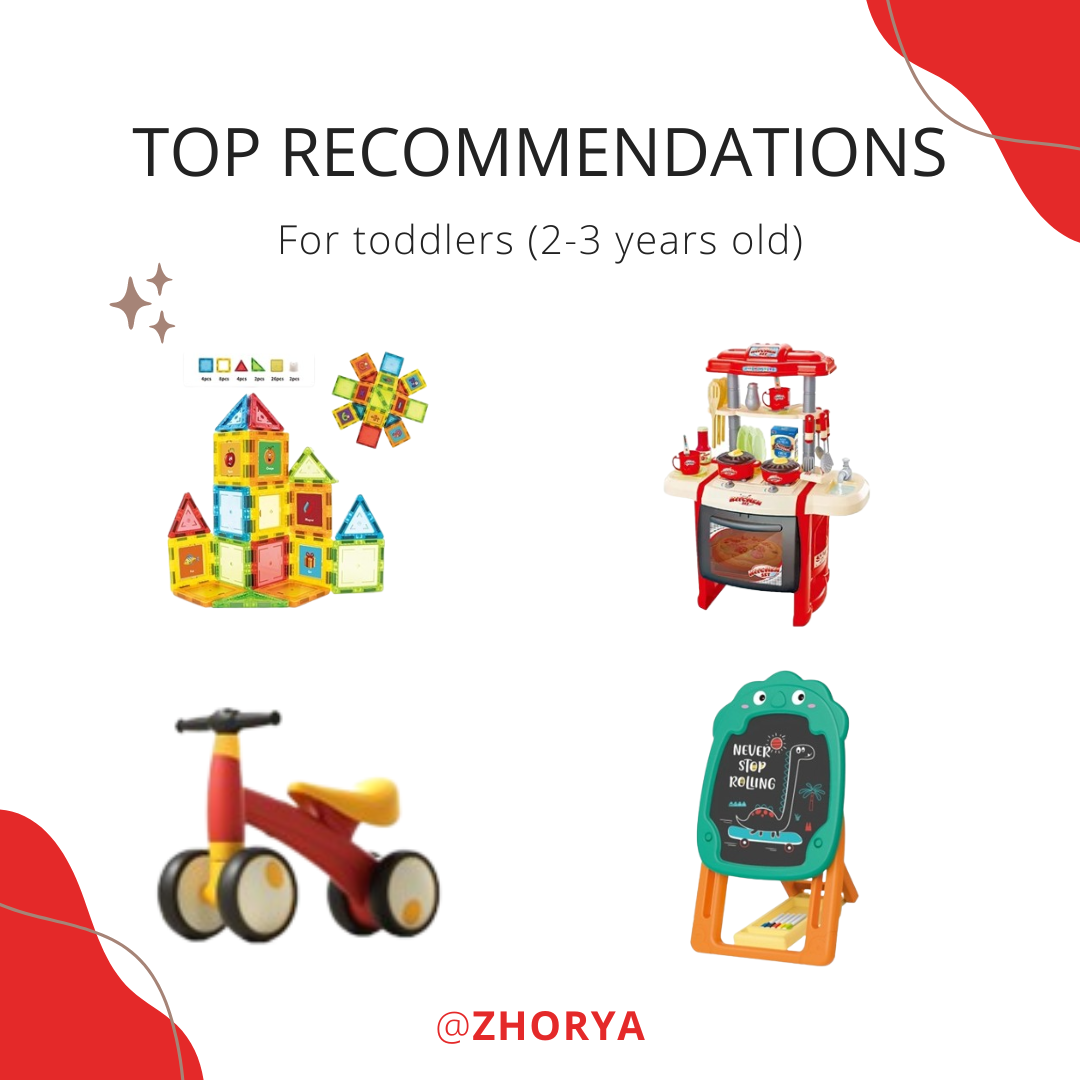
Safety Standards: A Non-Negotiable for Baby Toys
For children under three, product safety is critical. B2B buyers should ensure that all toys sourced meet international testing requirements.
Essential safety checks:
-
No sharp edges or burrs: toys with pointed corners or spikes that could injure the skin.
-
No small parts: toys with screws that can loosen or fall off, which could be swallowed by children (e.g., screws).
-
No long strings on toys: long cords can cause strangulation; if toys include bags, holes should be added to prevent suffocation if the bag is placed over the head.
-
No excessively loud toys or overly bright flashing lights: high noise can affect hearing, and strong lights may damage vision.
-
No unsafe materials in mouthable toys: materials must meet the corresponding safety testing standards.
💡 Wholesale insight: Highlighting certified safety standards builds trust with both retail partners and parents, creating a stronger brand reputation.
Why Source Baby Toys With Zhorya:
After reviewing developmental stages, key toy categories, and safety considerations, distributors and wholesalers can make informed sourcing decisions. Zhorya helps businesses access high-demand, safe, and age-appropriate products.
-
Comprehensive Product Selection: Covering sensory, educational, outdoor, and STEM toys for every stage of development.
-
Flexible Minimum Order Quantities (MOQs): Suitable for small distributors as well as large importers.
-
Custom Branding Options: Including packaging, logos, and exclusive toy designs to help your business stand out.
-
Global Safety Compliance: All toys meet strict international safety standards, including materials suitable for mouthing.
-
Market-Driven Inventory: Our range reflects current consumer demand and developmental trends, ensuring high turnover potential.
By partnering with Zhorya, businesses can confidently source toys that meet both market demand and safety expectations, helping you grow your inventory with products parents trust. Explore our full collection of baby toys in bulk and start building a competitive advantage in the early childhood toy market today.
Conclusion
Understanding developmental stages and safety requirements for children 0–3 years helps businesses source high-demand, age-appropriate toys. By aligning products with each stage and choosing a reliable supplier like Zhorya, buyers can ensure safety, meet market demand, and boost profitability.

 Русский язык
Русский язык 中文
中文